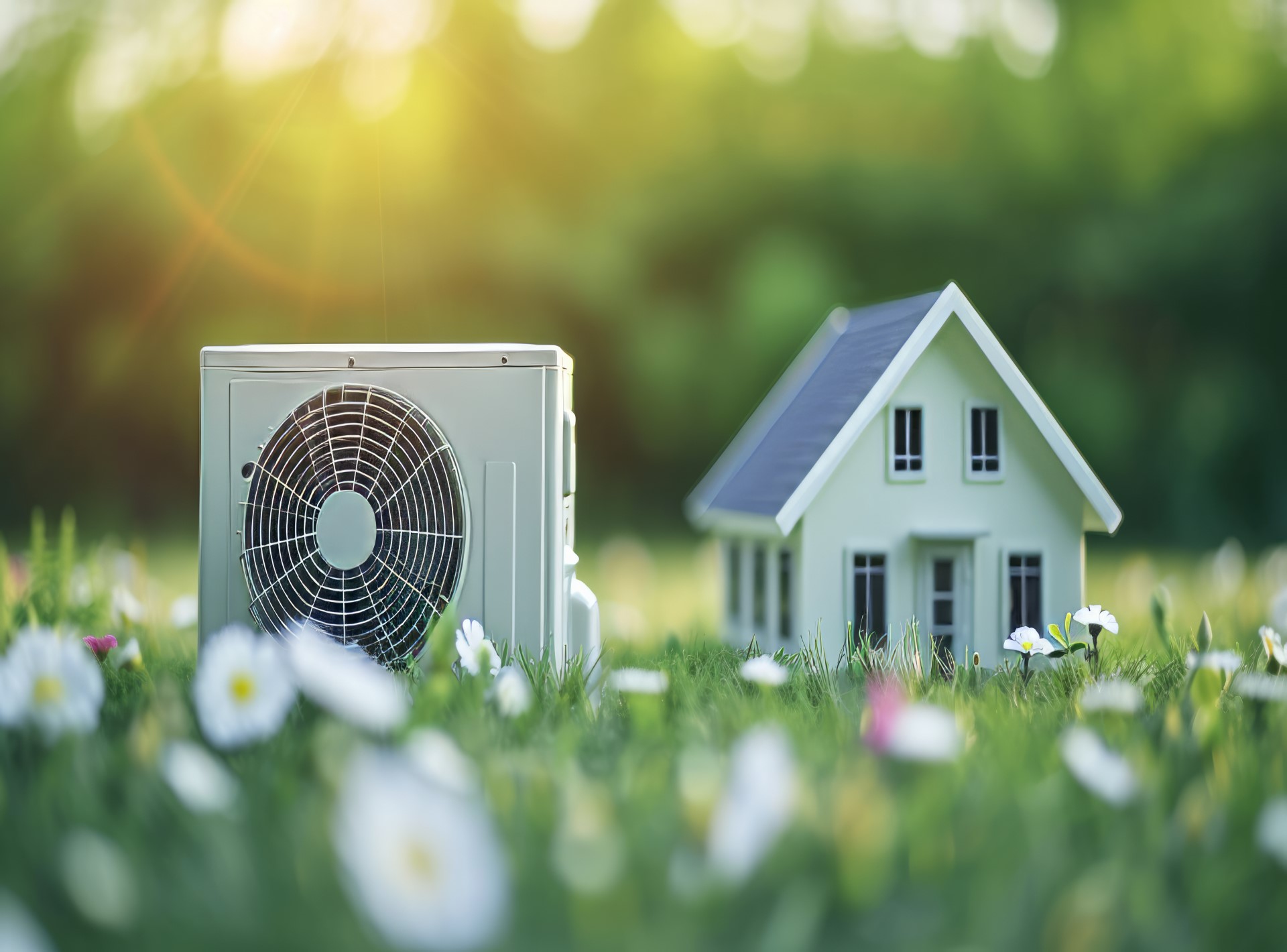
“I don’t have air-con and can’t afford to run the fans I’ve got. … I hate summer so much. I just wish to die.”
They are the sentiments of Amy, from WA, taking part in a recent survey about the effects of summer heat.
“My kids are also miserable. All public housing should have air con. People in public housing are treated like sub-humans.”
Even though more people die in Australia from heatwaves than all other extreme events combined, more than half of people in WA (67.2%), said their home gets too hot and they struggle to cool it, according to the latest ACOSS Summer Heat Survey 2024.
Findings from 2024 raised similar concerns to previous heat survey reports, however a hotter summer in 2023/24, coupled with rising costs for energy, housing, food, and other essentials, were reflected in people’s comments.
There was a clear level of distress amongst people surveyed about the growing challenge to reduce the impacts of heat while affording energy bills and avoiding – or compounding existing – energy debt.
Additionally, 62.7% reported they or someone in their household has a disability or chronic health condition.
“For people experiencing financial and social disadvantage, especially those living with disability or a health condition, the situation of hot homes that cannot be cooled remains untenable, putting lives at risk,” ACOSS said.
“The situation facing First Nations people surveyed is much worse on almost every measure.”
More than half (56.7%) could not cool their home because they did not have air conditioners or fans or had them, but they were broken; had them only in part of the home; or, if they had functioning air conditioners and or fans, they could not afford to run them.
Most of the 1007 people surveyed said in the twelve months prior to completing the survey, they were already struggling to pay for essentials like:
- energy and other bills (59.8%)
- food (46.7%)
- medicine (41.4%)
- housing (33.6%).
Of the 1007 people surveyed:
- 46.4% are cutting back further on the use of lights
- 45.0% are cutting back further on the use of cooling
- 42.3% are changing how they cook meals, like not using the oven
- 39.9% are taking shorter or fewer hot showers
- 27.6% are not having people over
- 16.7% other, e.g. turning off appliances (fridge, dryer, and hot water heater) or turning off the power altogether for periods of time.
The situation was particularly dire for some groups, with most of the 666 people receiving income support (88%) surveyed said they cannot afford their energy bill and have changed their behaviour to reduce their energy use.
People receiving income support were also more likely to be struggling to pay for food (56.0%), medicine (48.6%) and housing (36.5%); many were also struggling to pay for energy and other bills (56%).
More than 40 people had been disconnected from their electricity supply.
People also reported having borrowed money from friends and families to pay the bills, or borrowing from an institution, like payday loans or Afterpay. Yet, more than a quarter of those surveyed already had or were facing an energy debt.
The key recommendation (one of ten made by ACOSS) was that the Commonwealth Government should establish a Special Purpose Funding Vehicle, with an initial injection of $2 billion, topped up by other sources, and invest in deep and rapid energy performance measures (energy efficiency, electrification, and rooftop solar), tailored across low-income housing tenure types.
Otherwise, the organisation pointed out, Australia will face a growing wave of health issues within large segments of the population, thanks to an inability to provide that most basic of human needs – appropriate shelter.

